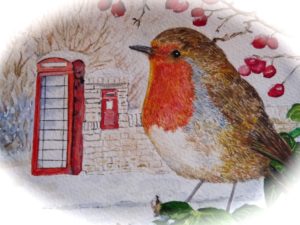
No snow where I am at the moment but here’s a poem to enjoy now and also tuck away to use on snowy days.
And on the topic of words for snow and Eskimos it’s good to read about The Great Eskimo Words for Snow Hoax that’s been perpetrated on several generations of the educated.
I was fed it in the 1960’s and – like the undead that returns to life even though garlic-laden stakes have been throughly planted in the heart – it always pops up for a new lease on life.
You probably know the kind of thing: If the Eskimos have one million words for snow why can’t the subways run efficiently or this from Margaret Atwood:
“The Eskimos had fifty-two names for snow because it was important to them: there ought to be as many for love.”
(Actually – they didn’t and don’t. And like any living language group we can have an infinite number of ways to express snow. And love.)
That the “Eskimos” have many words for snow is an enchanting story but pure unredeemed piffle, tosh, codswallop, tripe, twaddle, and tommyrot, And why we continue to say that is an interesting story in academic hokery pokery.
But first – the poem.

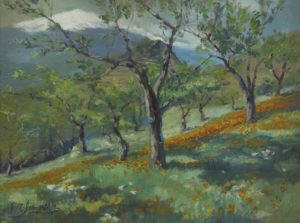
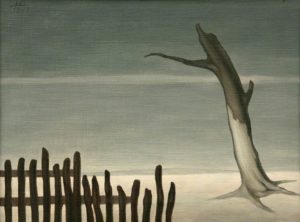
Albert Reuss (1889–1975) 1948 “one white stripe, a replica of a skunk”
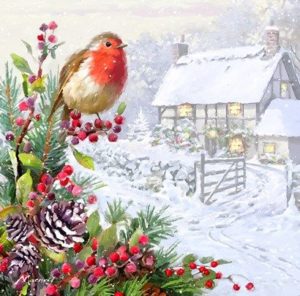
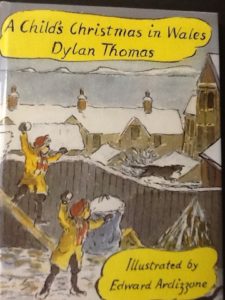
So I counted at least 20 snows in the poem.
Mueller’s Snows: Grainy Puritan snow; Soft fat flaky snow; Guerilla snow; Rabbinical snow; Lone Ranger snow; Surreal snow; Sun melted skunk stripe snow; Early snow; Late snow; Blizzard snow; Schoolroom paper snow; Christmas snow; Russian snow; Villon’s snow; James Joyce’s snow; Silent secret snow; TV spacewoman snow; Metaphorical naming snow; Unwalked in and walked in snow; Eternal childhood snow.
But of course there are many more. What about Catholic snow and Quaker snow and all the rest.
So – for Part Two: Snows we have known. Got any?
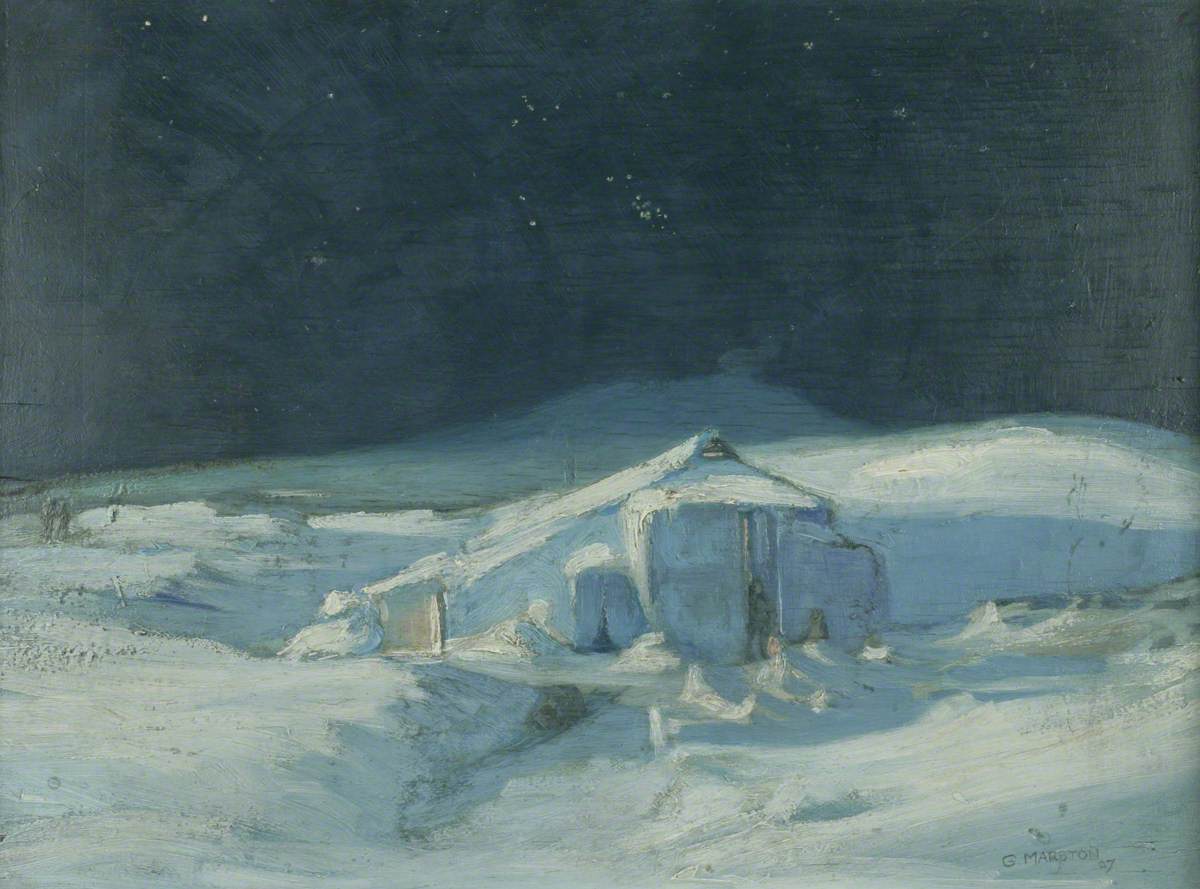
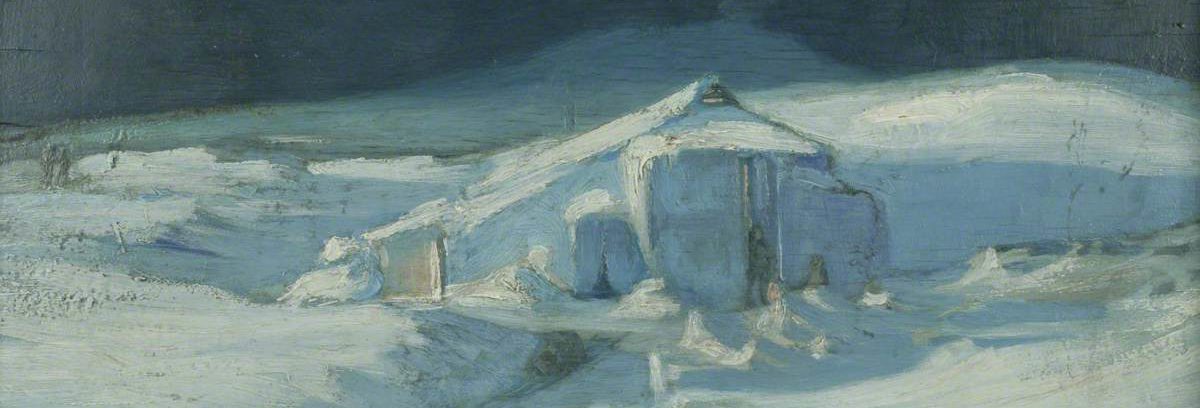


I have enjoyed this post. Thank you.